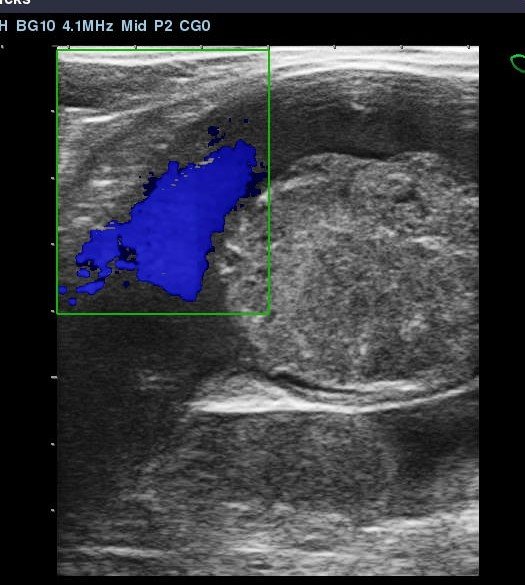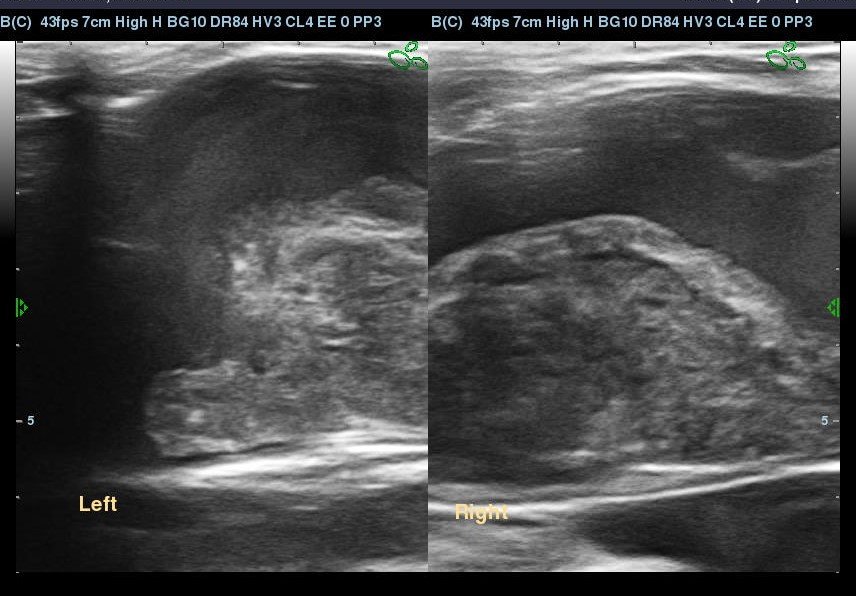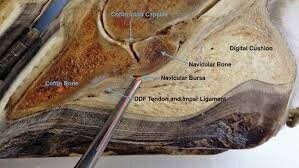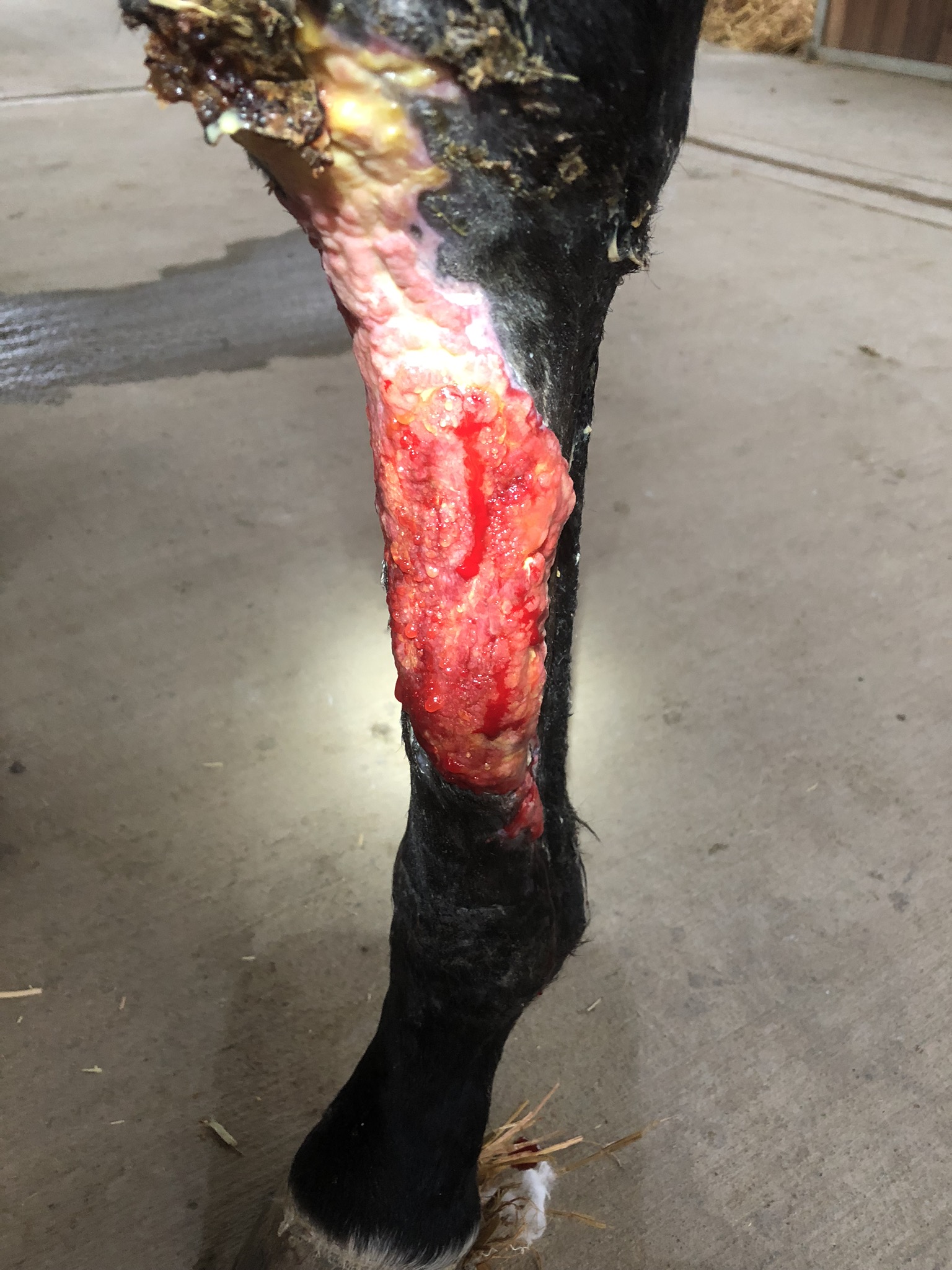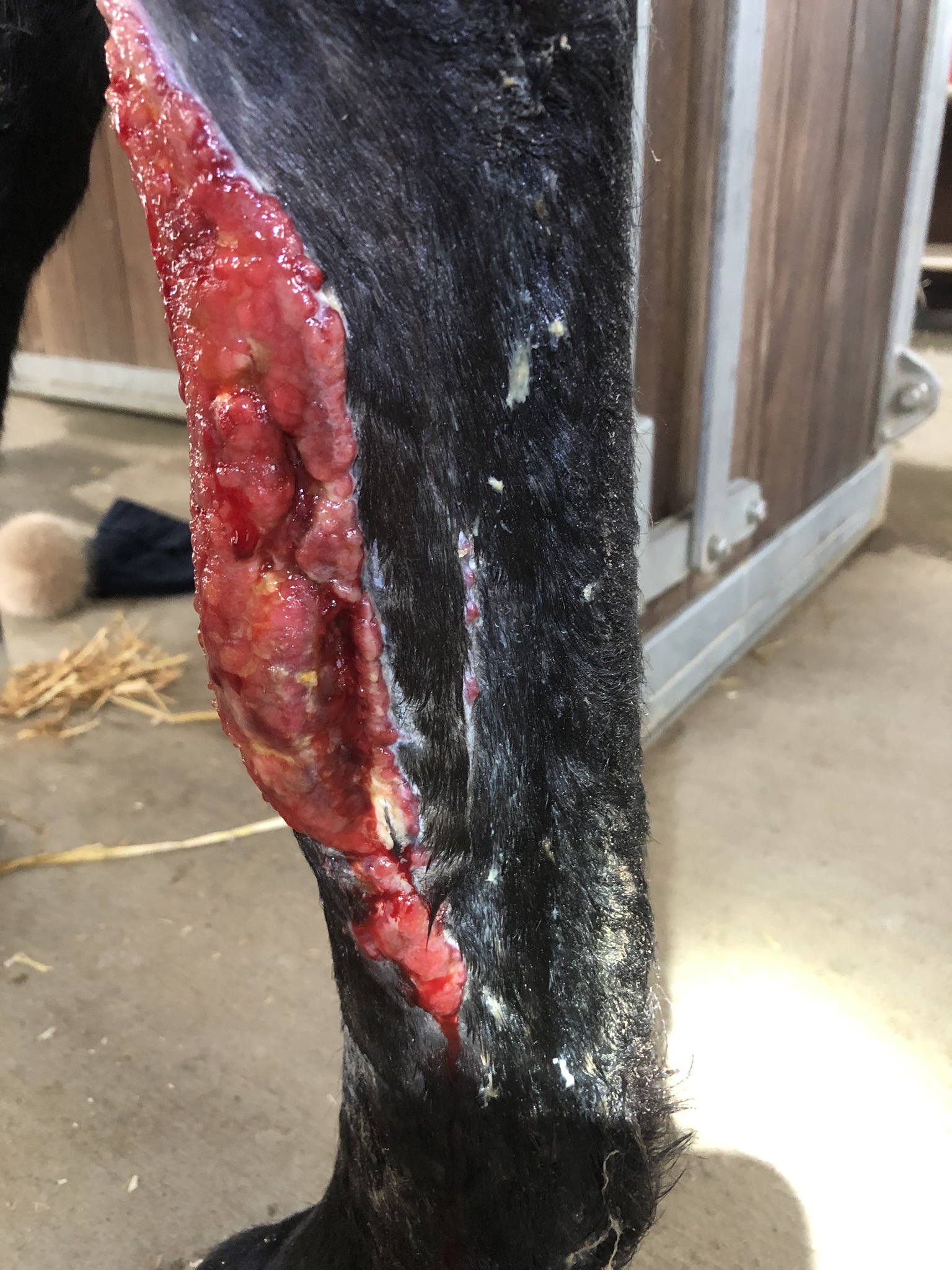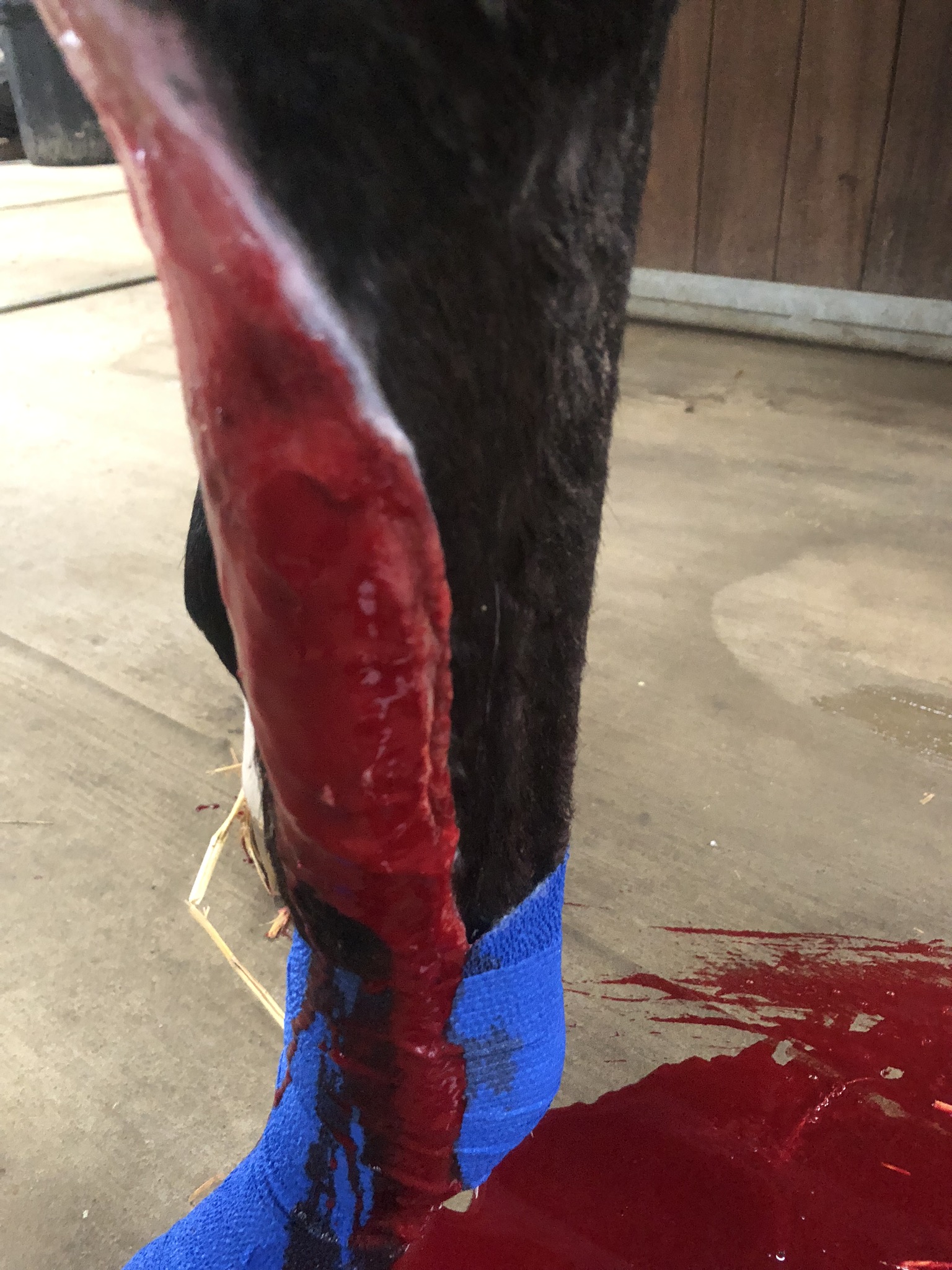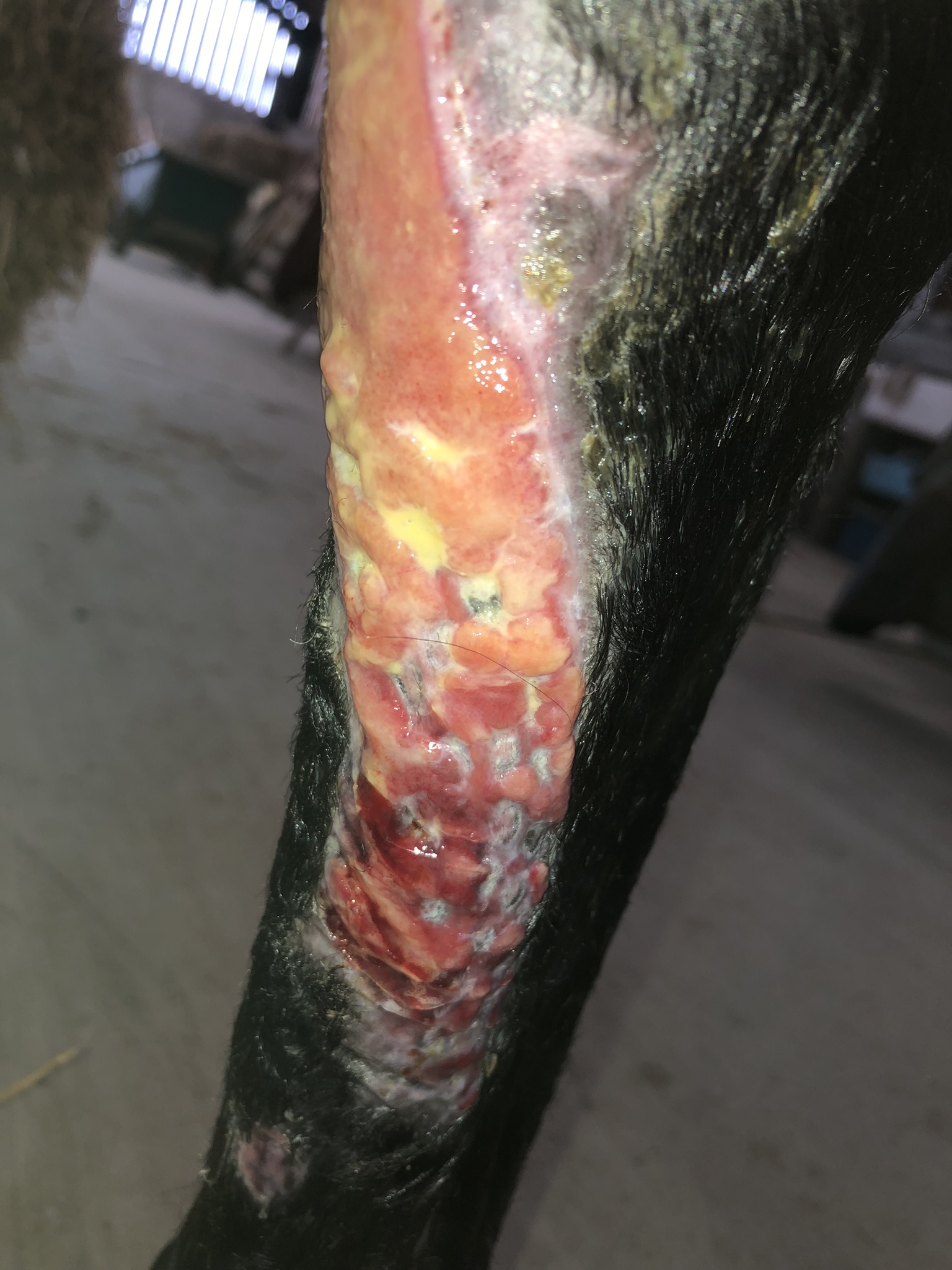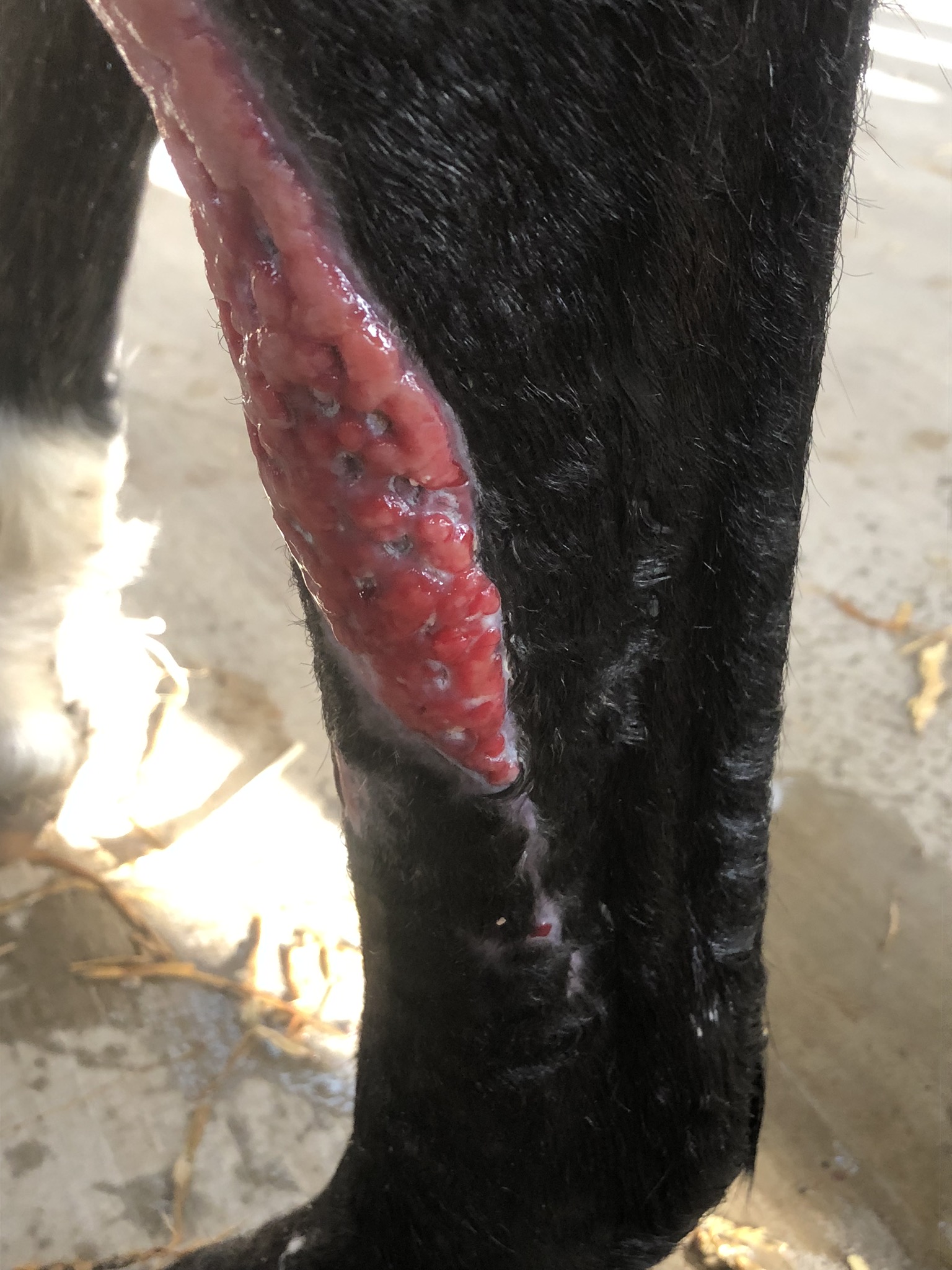Since the equine influenza outbreak in February this year, the vast majority of horse owners have wisely had their horses vaccinated or have had boosters to raise antibody levels. As you will be aware many organisations and societies, including the BHA who run Britain’s horse racing, have insisted that horses entering licensed premises or competition venues have had a flu booster within the previous 6 months, assuming they have already had their primary course. So where do we go from here? We thought it would be helpful provide a summary of what is required by the various equine disciplines going forward;
Thoroughbred Racing: As from 17th September 2019, the BHA has relaxed requirements for all horses entering racecourses including runners from non-licensed yards e.g. hunterchasers, nonGB runners (including Ireland and France) and other horses such as ROR competitorsand pony racers. From this date, horses must have had a booster within the previous nine calender months (ideally within 8 months but they are allowing one months grace just to make things more complicated!). This 8 month booster rule applies once the horse has had a primary course of two injections given between 21 and 92 days apart followed by a third injection given between 150 and 215 days after the second injection. Horses are considered to be vaccinated and therefore are entitled to race, after they have had their first two injections but have not yet had the third. The BHA veterinary committee will continue to monitor the prevalence of flu and could change these new requirements if they deemed necessary.
British Eventing: No Horse may take part in a BE National Event (which includes entering competition stables) unless it has a current vaccination against equine influenza which complies with the following conditions:
Two injections for primary vaccination, not less than 21 days and not more than 92 days apart, are required before being eligible to compete;
A first booster injection must be given within seven months after the second injection of primary vaccination;
Subsequent booster injections must be given at intervals of not more than one year, commencing after the first booster injection;
The most recent booster injection must have been given within the six calendar months prior to the horse arriving at the competition.
Forgotten passport. Any horse without a passport will be sent home (plus travel companions).
Unvaccinated companion horse. Passports and vaccination records in accordance with the new rules must be carried for all horses on board any vehicle. Any horses without passports and compliant vaccination records will be asked to leave the site, along with any others which they may have travelled with.
Booster given within seven days of the Event. This is fine. As long as the vaccination was given at least the day before the horse arrives at the Event, and is not more than one year after the previous booster. (see Rule 10.2.4)
Only primary course given. This is fine, as long as the horse has had the first two injections that make up the primary course, and the second injection was given within the last six months.
Primary course given, but first booster (due within seven months) has not yet been given. Fine if second injection was less than six months ago.
Historical discrepancies (ref: rule 10.2.3). In cases where there are historical discrepancies (e.g. booster was given five days late in 2014), but the primary course is correct and the horse has had the most recent booster within the last six months, it will be at the discretion of the Vet and BE Steward as to whether the horse may compete.
British Show Jumping: Flu vaccinations are mandatory for all registered horses and ponies and they must be in possession of a valid flu vaccination certificate. It is the owner's responsibility to ensure that the horse's vaccinations are up to date and correctly recorded on the diagrammatic vaccination record. Spot checks will be regularly carried out at shows. The horse/pony must have received two injections for primary vaccination against equine influenza given no less than 21 days and no more than 92 days apart. Only these two injections need to have been given before a horse/pony can compete in competitions. In addition, a first booster injection must be given no less than 150 days and no more than 215 days after the second injection of the primary vaccination. Subsequently, booster injections should be given at intervals not more than a year apart.
British Dressage: Any horses competing under BD rules at any level must be fully vaccinated.Rule 9 (p58 of the 2019 Members’ Handbook) states: To protect the health of the other competing horses and the biosecurity of the venue, a valid passport must accompany the horse to all competitions and be produced on request. Failure to comply is a disciplinary offence and will debar the horse from competing at the event for which it has been entered. A horse will not be permitted to compete unless it has a current vaccination against equine influenza which complies with the following conditions:
- An initial course of two injections for primary vaccination, not less than 21 days and not more than 92 days apart, are required before being eligible to compete
- A first booster injection must be given between 150 and 215 days after the second injection of primary vaccination
- Subsequent booster injections must be given at intervals of not more than one calendar year, commencing after the first booster injection
- The full course or booster must have been administered at least seven days before the competition.
The vaccination record(s) in the horse’s passport, must be completed, signed and stamped line by line, by an appropriate veterinary surgeon (who is neither the owner nor the rider of the horse).
The 2020 Members’ Handbook will mandate six-monthly Equine Influenza boosters, instead of yearly vaccinations. If you’re currently outside the six month period from your last vaccination, we recommend you have a booster, but you may wait until your next annual renewal date to start your six-monthly vaccination. There’s no need to restart with an initial course, unless otherwise advised by your vet.
The requirement of 'the full course or booster must have been administered at least seven days before the competition' remains the same as in previous years.
Any horse found without adequate and up to date vaccinations will not be allowed to compete with BD and will be suspended until this is rectified.
FEI : All proprietary Equine Influenza vaccines are accepted by the FEI, provided the route of administration complies with the manufacturer’s instructions. An initial Primary Course of two vaccinations must be given; the second vaccination must be administered within 21-92 days of the first vaccination. The first booster must be administered within 7 calendar months following the date of administration of the second vaccination of the Primary Course. Booster vaccinations must be administered at a maximum of 12 month intervals however horses competing in Events must have received a booster within 6 months +21 days (and not within 7 days) before arrival at the Event. Horses may compete 7 days after receiving the second vaccination of the primary course. Horses that have received the Primary Course prior to 1 January 2005 are not required to fulfil the requirement for the first booster ( 7 month ), providing there has not been an interval of more than 12 months between each of their subsequent annual booster vaccinations.
Pony Club: A valid passport and vaccination record:
must accompany the horse/pony to all events
must be available for inspection by the event officials
must be produced on request at any other time during the event .
Subject to paragraph * below, no horse/pony may take part in an event (which includes entering competition stables) unless it has a Record of Vaccination against equine influenza which complies with the Minimum Vaccination Requirements.
The Minimum Vaccination Requirements for a horse/pony are:
(a) if the current vaccination programme started BEFORE 1 January 2014 that it has received:
a Primary Vaccination followed by a Secondary Vaccination given not less than 21 days and not more than 92 days after the Primary Vaccination; and
if sufficient time has elapsed, a booster vaccination given not less than 150 days and not more than 215 days after the Secondary Vaccination and further booster vaccinations at intervals of not more than a year apart
PROVIDED THAT if all annual boosters given AFTER 31 December 2013 have been given correctly, any error with the first booster vaccination or an annual booster given BEFORE 1 January 2014 may be ignored
(b) if the current vaccination programme started AFTER 31 December 2013 that it has received:
• a Primary Vaccination followed by a Secondary Vaccination given not less than 21 days and not more than 92 days after the Primary Injection; and
• if sufficient time has elapsed, a booster vaccination given not less than 150 days and not more than 215 days after the Secondary Vaccination and further booster vaccinations at intervals of not more than a year apart.
The Record of Vaccination in the pony’s passport must be completed by a veterinary surgeon, signed and stamped line by line
No horse/pony whose latest booster vaccination is more than 14 days overdue may take part in a competition under any circumstances.
*Notwithstanding the above in cases where the Event Veterinary Officer, following consultation with the Pony Club Steward, is satisfied that the presence of the horse/pony at the event does not pose a threat to bio- security at the event, that horse/pony may nonetheless take part in the event on such conditions as the Event Veterinary Officer considers appropriate, but the circumstances must be noted on the certificate. Any horse/pony allowed to compete under this discretion must be re-vaccinated to comply with the Minimum Vaccination Requirements and the certificate duly completed before it is eligible to compete again.
No pony may compete on the same day as any relevant vaccination is given or on any of the 6 days following such a vaccination.
Clearly, many Pony Club activities take place at venues used for other equine disciplines and therefore such venues may have in place, more stringent rules regarding Equine Influenza vaccination. Many local venues are requesting that horses and ponies must have had a booster within the previous 6 months prior to competing and often that injections must not have been administered during the previous 7 days. Racecourses now require that boosters must have been given within the previous 9 months, so there is lots of scope for confusion. If in doubt and you use many different venues, it is prudent to adopt the 6 month booster strategy to avoid problems.
British Riding Clubs: This rule applies in respect of any horse or pony which competes in a BRC Area Qualifier and Championship. Section 2 20 BRC MEMBERS HANDBOOK The horse or pony must have been vaccinated against equine influenza by a veterinary surgeon who is not the owner of the animal, in accordance with the following rules: The horse or pony must have received a primary injection followed by:
• a second primary injection which is given not less than 21 days and not more than 92 days after the first
• a first booster injection which is given not less than 150 days and not more than 215 days after the second primary injection
• further annual booster injections at intervals of not more than a year apart.
If the current vaccination programme started AFTER 1 January 2014:
• the first two primary injections must be correct i.e. the second given between 21 and 92 days after the first
• the first booster must be given between 150 and 215 days after the second primary injection
• all annual boosters must be correct. However, any errors with first booster (which should be given 150 – 215 days after the second primary injection) or annual booster given BEFORE 1 January 2014 may be ignored provided that:
• the first two primary injections are correct i.e. the second given between 21 and 92 days after the first
• all annual boosters given AFTER 1 January 2014 are correct. Leap years will be ignored for an annual booster, but for the two primary injections and first booster injection, the days must be counted and therefore a leap year would interfere with the correct number of days between injections.
Horses may compete at BRC Competitions providing that they have had the first two primary injections. No injection should have been given on any of the 6 days before a competition or entry to championship stables. For example: if the horse is vaccinated on the Monday, the horse will not be eligible to enter championship stables, or compete until the following Monday.
In the event of failure to comply with any of the requirements of this rule, the horse or pony will be disqualified and not permitted to take part in any competition to which these rules apply.
Checking of Passports and Equine Influenza Records; horses must be presented in a bridle to the flu vac checker at Championships and where applicable Area Qualifiers. For the purposes of determining whether the requirements of these rules have been met, the following documents must be available for inspection in respect of a horse or pony which is taking part in a BRC Area Qualifier or Championship.
• any passport issued for the horse and
• the full vaccination records for the horse if this is not contained in the passport
The identification of the horse or pony must be checked against that contained in the passport or on the flu vaccination record. This may be done from the diagram and description of the animal or by microchip providing that the microchip number has been recorded in the passport or flu vaccination record.






